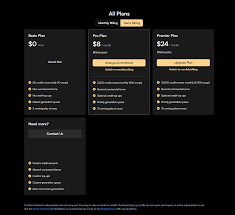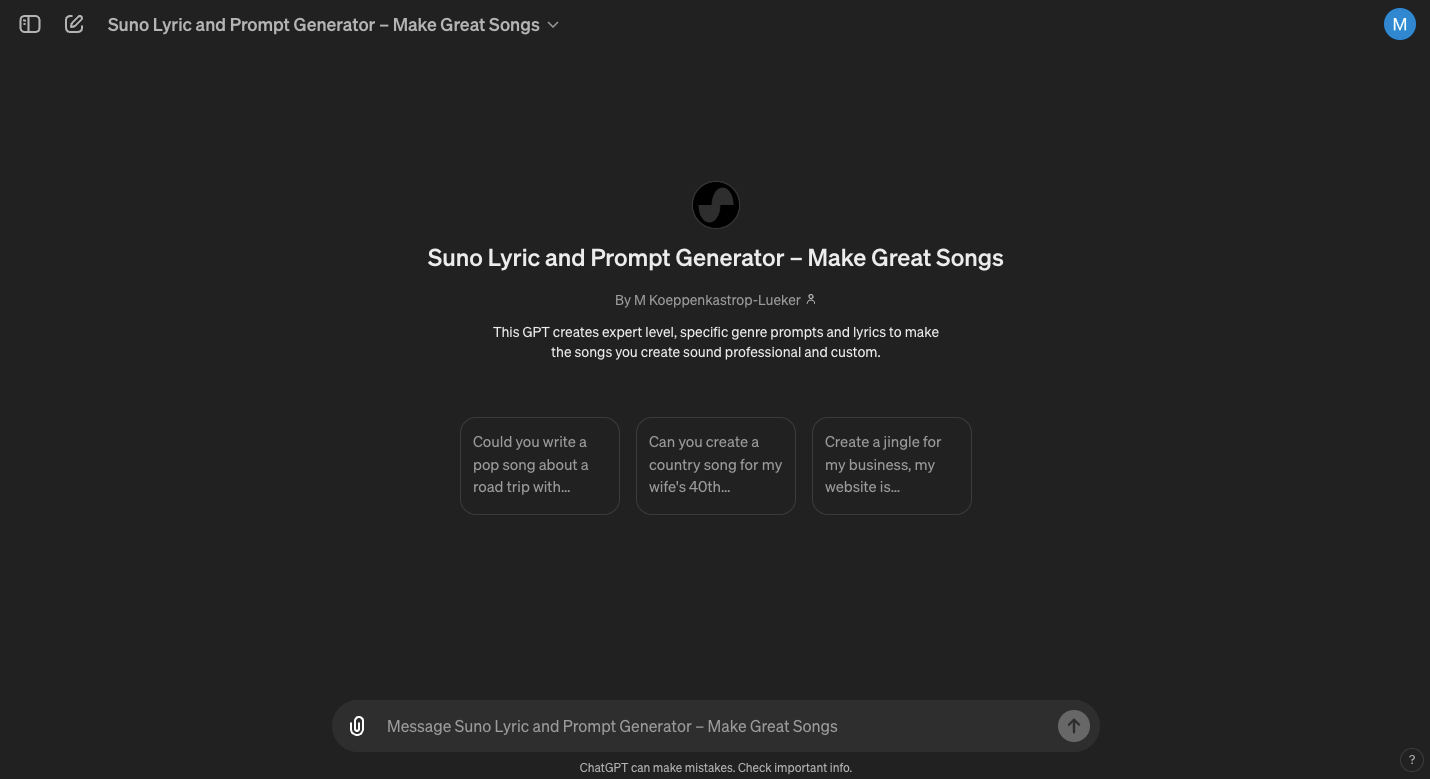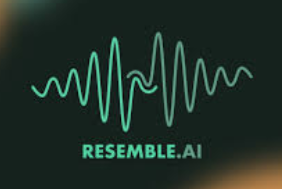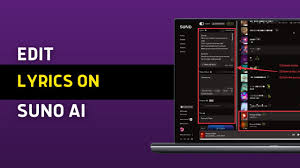AI voice tools have exploded in popularity, but few offer the balance of power, ease of use, and studio-grade quality that Kits AI delivers. Whether you're an indie music producer, a content creator on YouTube, or just curious about AI voice covers, understanding how to use Kits AI can give you a real edge in your creative workflow.
This guide walks you through everything you need to know—step-by-step instructions, real examples, and pro tips—so you can harness Kits AI’s full potential.
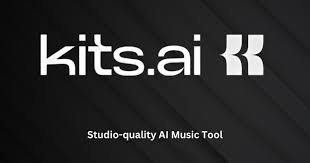
What is Kits AI?
Kits AI is a cloud-based AI voice platform that lets users convert vocals, create AI covers, and even build custom voice models. It’s used by musicians, vocalists, and engineers looking for high-fidelity voice synthesis—without needing a full studio setup.
As of 2025, Kits AI is trusted by over 300,000 creators, with top names in TikTok music and YouTube covers relying on it for studio-grade voice cloning and performance-style vocal swaps.
Why Creators Use Kits AI
Before diving into the how-to, here's why Kits AI is becoming a go-to tool:
High-Quality AI Voices: Kits AI offers over 60+ pre-trained voice models and allows custom training with just 5 minutes of clean audio.
Real-Time Voice Conversion: Unlike many competitors, Kits supports live voice conversion (great for streaming or previewing).
Fair Licensing: All Kits AI voice models come with explicit usage rights, especially for commercial work.
Collaboration-Ready: Easy to share projects or collaborate across cloud with integrated DAW support (Ableton, Logic, etc.).
Step-by-Step Guide: How to Use Kits AI
1. Sign Up & Choose a Plan
To get started:
Go to kits.ai
Create a free account with email or Google login.
Choose between Free, Creator, or Pro tiers.
?? Tip: Free users get access to a handful of voice models, but if you’re looking to create covers or upload your own voice, the Creator plan (starting at $8/mo) unlocks the full toolkit.
2. Explore the Voice Model Library
Once logged in, navigate to the Voice Library. You’ll find:
Male and female singing voices
Celebrity-style voices (with licensing rights)
AI voices tuned for rap, K-pop, R&B, metal, etc.
Each voice comes with preview demos, and some are labeled “Featured” due to studio-grade quality.
3. Upload Your Audio
Click “Create” → “Voice Conversion”
Upload your:
Dry vocal track (WAV or MP3)
Optional background track for syncing
Kits AI will ask you to choose a target voice. For best results:
Use mono vocals, 16-bit WAV, no effects
Trim background noise (Kits has a basic noise gate too)
4. Select the Target Voice Model
This is where the magic happens:
Pick a pre-trained voice from the library
Or choose one of your custom voices if you’ve trained one
Press "Convert" and wait for the platform to generate the AI cover. Typically it takes 10–30 seconds.
5. Preview, Edit, and Export
After generation:
Use the audio preview panel to listen
Make pitch or tempo adjustments if needed
Export in WAV, MP3, or stem layers (Pro plan only)
?? Pro Tip: Kits lets you isolate AI vocals as stems. You can then drop them into Ableton or FL Studio for advanced mixing.
How to Train Your Own Voice on Kits AI
Want a custom model of your own voice—or someone else’s (with consent)? Here’s how:
Go to “Train Voice”
Upload 5–10 minutes of clear, isolated singing or speech
Name the model and wait ~24 hours for processing
Kits AI supports style-matching, meaning the AI can retain emotional tone, vibrato, and performance quirks from your original audio.
You can then use this voice for covers, songwriting, or pitching demos.
Use Cases: Real-World Applications of Kits AI
?? Indie Musicians
Replace placeholder vocals with your AI voice clone and test different styles—without re-recording.
?? YouTubers & Streamers
Create theme covers in trending voices (like “AI Ariana” or “K-pop clone”) to boost virality.
?? Songwriters & Producers
Mock up different vocalists over your instrumental to test market resonance before hiring session singers.
?? Accessibility Projects
Use Kits AI to generate clean vocals for non-verbal creators or produce educational content in engaging tones.
How Kits AI Compares to Other Voice Tools
| Feature | Kits AI | Voicify AI | Uberduck |
|---|---|---|---|
| Voice Quality | ? Studio-grade | ? Mid-level | ? Robotic |
| Custom Model Training | ? Yes | ? Yes | ? Yes |
| Commercial Rights | ? Licensed use | ? Limited | ? Unclear |
| Genre Fit | ? All genres | ?? Mostly rap | ?? Mostly meme |
| Real-Time Preview | ? Yes | ? No | ? No |
Common Mistakes to Avoid When Using Kits AI
Uploading low-quality vocals: Garbage in, garbage out. Clean recordings matter.
Ignoring latency settings: If you’re doing real-time conversion, adjust latency in browser/DAW.
Violating usage rights: Not all voice models allow commercial use—double-check each voice license.
Frequently Asked Questions (FAQs)
Can I use Kits AI for commercial music?
Yes, if the voice model you select is labeled for commercial use. Always check licensing terms per voice.
Does Kits AI support real-time voice conversion?
Yes, on Creator and Pro plans. It's browser-based but works with most DAWs via plugin routing.
How long does it take to train a custom voice?
Usually around 24–36 hours. You’ll receive a notification when it’s ready.
Can I create AI rap or metal vocals?
Absolutely. Kits AI includes voices optimized for genre-specific delivery, from melodic singing to aggressive scream vocals.
Is Kits AI beginner-friendly?
Yes. It’s designed with a clean UI, drag-and-drop uploads, and tooltips for each feature.
Final Thoughts: Should You Use Kits AI?
If you're wondering how to use Kits AI, the answer is—surprisingly easily.
From voice conversion to full-blown custom vocal models, it’s a powerhouse built for the next generation of music and content creators. Whether you’re just getting started or already releasing tracks on Spotify, Kits AI helps you sound like a pro—without a studio budget.
If you want to ride the AI music wave while keeping your sound unique and commercially viable, Kits AI is a must-try.
Learn more about AI MUSIC



